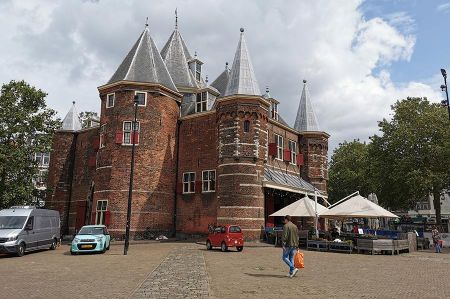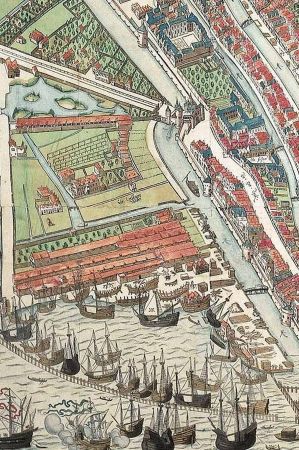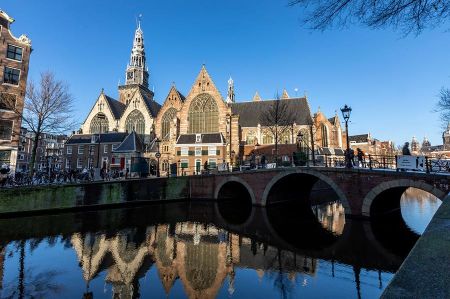Amsterdam and the De Wallen district – attractive but special
- Written by Portal Editor
During our tour of Amsterdam's De Wallen district, we quickly realized that the area is really very special, but it is as much a part of Amsterdam as the canals, the cheese and the incredible number of bicycles.
It is not for nothing that Amsterdam is considered particularly tolerant: the red-light district De Wallen, Amsterdam's China Town and the important Oude Kerk are also part of it. What is particularly interesting and very profound is the fact that countless tourists come here every day: they just come to have a look.
Chinatown, Red Light District and Oude Kerk

In 1488, a castle complex was built to defend the city called Sint Antoniespoort, which also served as a city gate. The area was expanded from 1614 and the defence system was converted into a weighbridge in 1617/1618. At that time the place was called Lastage.

Amsterdam’s Chinatown begins right on the side street. The Chinese came to the city in the 1920s mainly as sailors. Today they have opened restaurants and supermarkets where you can try very good traditional Chinese cuisine. The He Hwa Buddhist Temple, which was built for the immigrants, is also located in the district.
Oude Kerk – a church right in the red-light district
We were heading towards the old church, past coffee shops and brothels with scantily clad women sitting in the windows. The neighbourhood was one of the first in the world to allow prostitution. To this day, prostitutes can be found sitting in the windows of brothels. Amsterdam became known for these shop windows.
Here in the neighbourhood everyone is simply accepted for who they are. You can find gay and lesbian bars every few meters along the streets, but you can also enjoy small art studios or small alternative restaurants. Just take a quick look at a free exhibition and get to know a new artist better in the café - where is that possible?
Oude Kerk, the oldest building in Amsterdam.
To this day, however, it has been preserved as a smaller church next to the "Nieuwe Kerk", which was built later. It was only when it was built that the "Oude Kerk" was given its name to indicate the church's special status as the oldest place of worship in the city. The Nieuwe Kerk was eventually elevated to the status of the coronation church of the Dutch kings. For the Oude Kerk, however, the red-light district remained as an environment, which became more and more established during this time. Today there are plans to locate more shops and restaurants around the church and thus move the red-light area less close to the church.
There is an entrance fee to visit the church, but this is within the normal range for the city and is largely used to maintain the church. In addition to church services, the Oude Kerk also hosts great organ concerts and one or two exhibitions worth seeing. It is often young artists who are allowed to exhibit in the church. They often work in the De Wallen district, where the Oude Kerk is located and which has gained attention in recent years for its lively art scene.
Also located in the De Wallen district you will find a secret church in an attic. Today the Amstel War Museum is located there, which is the second oldest museum in Amsterdam after the Reichsmuseum. The history of the attic church begins in the 17th century, when Catholic services were banned in Protestant Amsterdam. However, the followers of Catholicism were undeterred and held their services in the attic for more than 200 years. A fascinating story that the museum retells.
Please read as well:
